Contents
Advise DIY Home Tattoo Removal: Exploring Methods, Risks, and Alternatives

Mário Mateus December 4, 2024 5 Mins Read
Is Home Tattoo Removal Actually Possible?
Yes, but only in specific cases. Home tattoo removal is not ideal for all tattoos and comes with limitations and risks.
Large tattoos, tattoos with multiple colors, or those deeply embedded in the skin should be handled by professionals to ensure safe and effective results.
However, smaller tattoos or those with simple designs, limited colors, or shallow placement may be candidates for DIY methods, especially if the goal is partial fading for a cover-up.
Find the Best Tattoo Removal Option
How big is your tattoo? Small Medium Large What do you want to achieve? Lightening Fading Total removal How fast do you want results? 6 months 3 months 1 month What is your budget? $40 $200 $5000 Get Recommendation
When Is Home Tattoo Removal Possible?
- Size: Small tattoos are easier to manage with at-home methods as they require less intensive treatment.
- Ink Colors: Black or dark inks are more responsive to removal attempts, whereas bright colors like green, blue, or yellow are more resistant.
- Depth: Tattoos placed closer to the surface of the skin are more likely to respond to home methods.
- Purpose: If the goal is to lighten a tattoo for a cover-up rather than completely remove it, home methods might suffice.
Effectiveness of Common DIY Methods
- Tattoo Removal Creams
- Claim: Dissolve or fade ink through chemical exfoliation.
- Reality: These creams only affect surface skin layers and fail to penetrate the dermis. Result: minimal fading, high risk of irritation, and scarring.
- Salabrasion
- Claim: Scrubbing the skin with salt to abrade and fade the tattoo.
- Reality: Damages the epidermis without reaching the dermis. Risks include severe pain, infection, and permanent scarring.
- At-Home Lasers
- Claim: Break down ink with light energy.
- Reality: Low-power lasers lack the intensity to break apart deep ink particles. Misuse can cause burns and pigmentation issues.
- Natural Remedies (e.g., Lemon Juice, Honey)
- Claim: Fade ink naturally over time.
- Reality: No evidence supports their effectiveness. These methods rarely produce noticeable results.
Effective Methods for Home Tattoo Removal
Creams
Over-the-counter tattoo removal creams claim to fade tattoos over time by peeling away layers of skin. While their effectiveness is limited, they may produce mild fading for surface-level ink.
This is ideal if you intend to cover up with another tattoo.
Some examples of products:
Tattoo Removal Cream
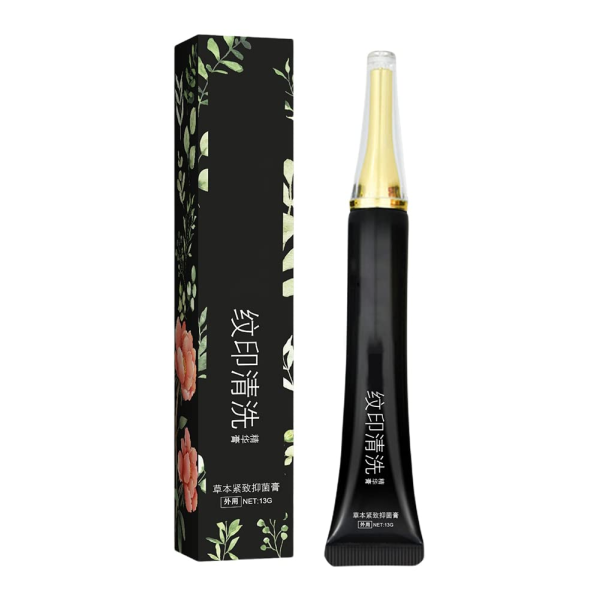
Check Price
Generic Brand
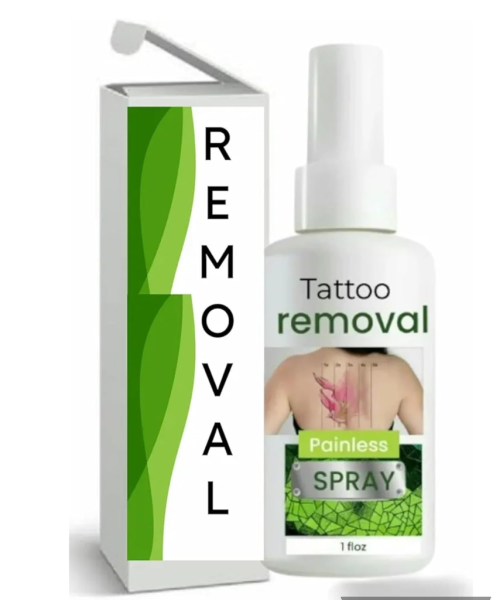
Check Price
Tattoo Removal Cream
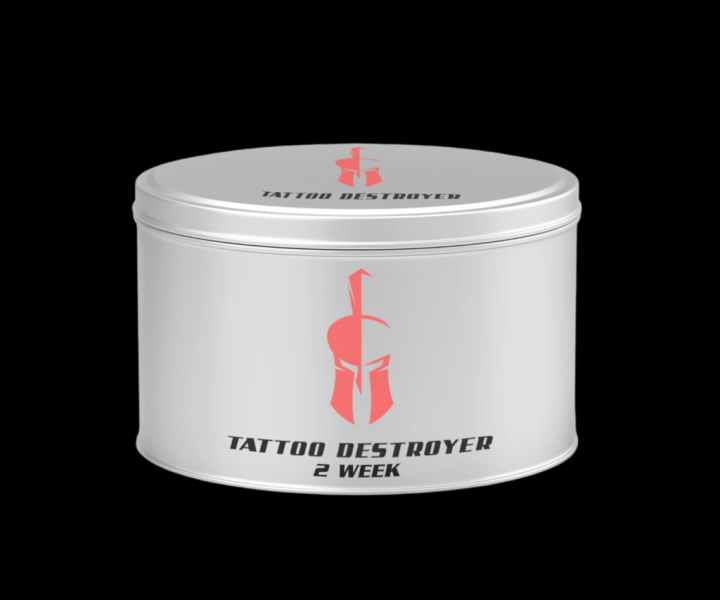
Check Price
Lasers
Some individuals use at-home laser devices, though these are less powerful than professional-grade lasers and carry a higher risk of misuse, which can lead to burns or scarring.
This is best for tattoos you’re really committed to erasing but requires more caution and carries more risks.
Some examples of products:
AngVin RED Light Device
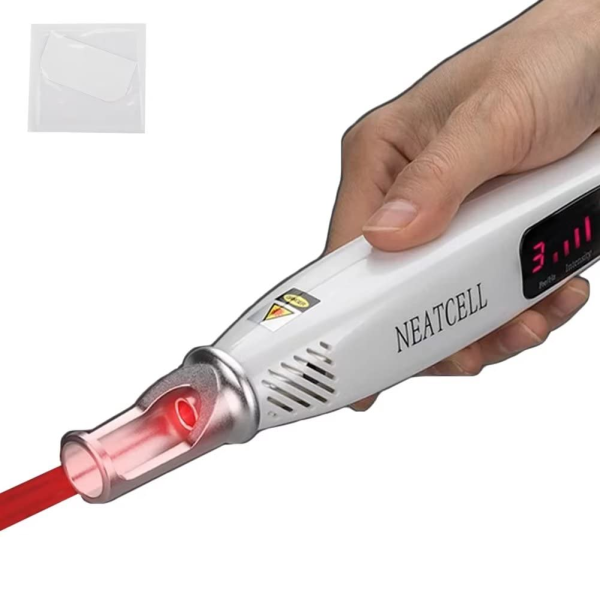
Check Price
NEATCELL Blue Light Pen
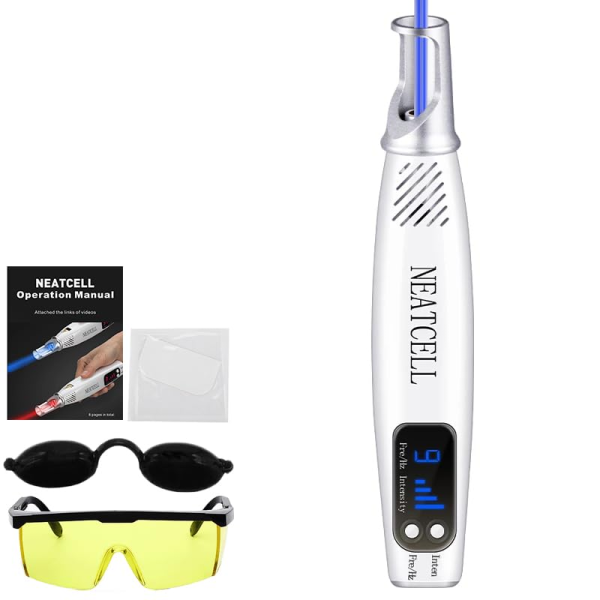
Check Price
Picosecond-Laser-Pen
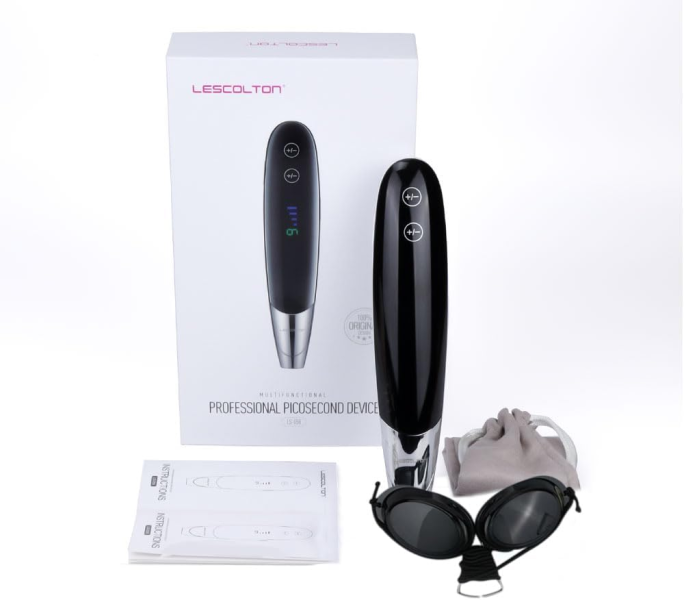
Check Price
Why Caution is Essential
Even when feasible, home tattoo removal poses risks like infection, scarring, and uneven fading. Professional evaluation is crucial to determine the best approach, especially for larger or more complex tattoos. For minor tattoos or planned cover-ups, DIY removal can work, but only with proper care and realistic expectations.
When considering tattoo removal, it’s essential to weigh the accessibility, cost, effectiveness, and safety of DIY methods against professional treatments.
DIY Methods
- Accessibility and Cost: DIY tattoo removal methods, such as over-the-counter creams and at-home remedies, are readily accessible and generally inexpensive. This makes them appealing to individuals seeking cost-effective solutions.
- Limitations in Effectiveness and Safety Concerns: These methods often lack scientific backing and can be ineffective in fully removing tattoos. Moreover, they carry risks such as skin irritation, scarring, and infection due to the unregulated nature of the products and the absence of professional oversight. Removery
Professional Treatments
- Laser Treatments
- Mechanism of Action and Success Rates: Professional laser treatments utilize high-intensity light beams to fragment tattoo ink particles, allowing the body’s immune system to gradually eliminate them. This method is considered the gold standard in tattoo removal, offering significant fading or complete removal in many cases. Jaad
- Potential Side Effects and Recovery Time: Side effects may include redness, swelling, blistering, and changes in skin pigmentation. Recovery time varies, with most side effects subsiding within a few days to a week. Multiple sessions are typically required for optimal results.
- Surgical Excision
- Procedure Details and Suitability for Certain Tattoos: Surgical excision involves cutting out the tattooed skin and stitching the remaining skin together. This method is generally reserved for small tattoos due to the limitations imposed by skin tension and the potential for significant scarring. Mayo Clinic
- Risks and Scarring Considerations: Risks include infection, bleeding, and noticeable scarring. The procedure is typically performed under local anesthesia, and recovery involves wound care to promote healing and minimize scarring.
- Dermabrasion
- Process Explanation and Effectiveness: Dermabrasion entails mechanically sanding down the skin’s top layers to remove the tattoo ink. Its effectiveness varies and is generally less predictable than laser treatments. Mayo Clinic
- Possible Complications and Healing Period: Complications can include infection, changes in skin texture, and scarring. The healing period may extend over several weeks, during which meticulous wound care is essential.
What to Do If Complications Arise
Experiencing complications during tattoo removal requires prompt and appropriate action to prevent further issues. Here’s what to do if adverse reactions occur:
1. Seek Medical Attention
If you notice severe pain, excessive redness, swelling, blistering, or signs of infection (such as pus or fever), consult a healthcare professional immediately. A dermatologist can assess the situation and recommend appropriate treatment to prevent complications like scarring or prolonged healing.
2. Appropriate Wound Care
Proper wound care is essential to promote healing and prevent infection. Follow these steps:
- Keep the Area Clean and Dry: Gently cleanse with mild soap and water, then pat dry.
- Apply Recommended Ointments: Use antibiotic ointments if prescribed to prevent infection.
- Cover with a Sterile Bandage: Protect the area with a non-stick, sterile bandage to shield it from contaminants.
- Avoid Picking or Scratching: Let scabs or blisters heal naturally to minimize scarring.
3. Monitor for Signs of Infection
Stay vigilant for symptoms indicating infection:
- Increased Redness and Swelling: Worsening redness or swelling around the treated area.
- Warmth and Tenderness: The area feels warm to the touch and is tender.
- Discharge: Presence of yellow or green pus.
- Fever: A systemic sign that infection may be present.
If any of these signs develop, seek medical attention promptly to address potential infections.
4. Follow Professional Advice
Adhere strictly to aftercare instructions provided by your healthcare provider or tattoo removal specialist. This may include avoiding sun exposure, refraining from certain activities, and attending follow-up appointments to monitor healing.
By taking these steps, you can effectively manage complications and support the healing process during tattoo removal.
Tags:
creamfadinghealingHomeinfectionsnaturalremoval
